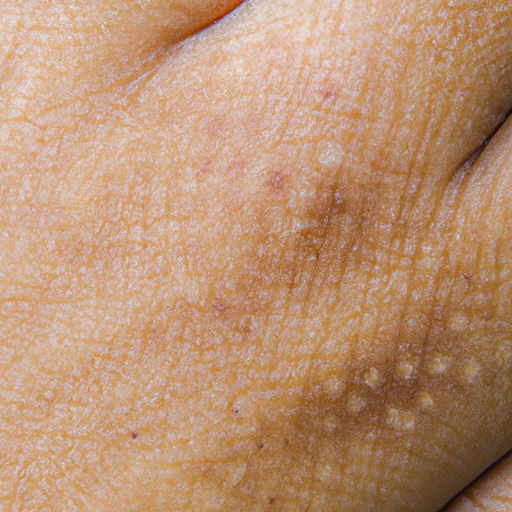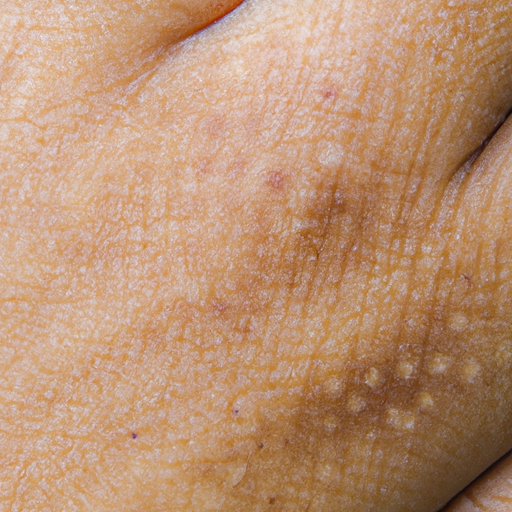As a medical professional, I am often asked about the latest trends in cosmetic procedures. One such trend that has gained significant popularity in recent years is jawline filler, a non-surgical procedure that enhances the definition and shape of the jawline. This procedure is a perfect blend of art and science, sculpting perfection in a way that was previously only possible through invasive surgical procedures.
Jawline filler, also known as dermal filler, is a type of injectable gel made from hyaluronic acid, a naturally occurring substance in our skin that helps to add volume and hydration. The procedure involves injecting this filler into specific areas along the jawline to create a more defined, contoured look. It is a minimally invasive procedure that can be completed in under an hour with little to no downtime.
The science behind jawline filler is rooted in the understanding of facial anatomy and the aging process. As we age, our skin loses elasticity and volume, leading to sagging and the formation of jowls. By strategically placing filler along the jawline, we can restore lost volume and create a more youthful, balanced appearance.
The artistry comes into play when considering the individual’s facial structure and desired outcome. Each face is unique, and therefore each treatment must be customized to the individual. The goal is not to create a uniform look, but rather to enhance each person’s natural beauty and create harmony among their features. This requires a keen eye for detail and a deep understanding of facial proportions and aesthetics.
One of the key benefits of jawline filler is its versatility. It can be used to correct a weak or asymmetrical jawline, create a more masculine or feminine appearance, or simply add definition and contour. It can also be used in conjunction with other non-surgical procedures such as chin fillers or cheek fillers to create a more comprehensive facial rejuvenation.
Like any medical procedure, jawline filler does come with potential risks and side effects, including swelling, bruising, and the possibility of an allergic reaction. However, when performed by a trained and experienced professional, these risks are minimal. It’s also important to note that hyaluronic acid fillers are temporary and naturally dissolve over time, typically lasting between 6 to 18 months.
The rise in popularity of jawline filler is a testament to the evolving landscape of cosmetic procedures. No longer are patients required to undergo invasive surgery to achieve their desired look. Instead, they can opt for minimally invasive procedures like jawline filler that offer significant results with minimal downtime.
In conclusion, jawline filler is a perfect example of the intersection of art and science in the field of cosmetic medicine. By combining a deep understanding of facial anatomy with an artistic eye for aesthetics, medical professionals can sculpt perfection, enhancing natural beauty and boosting confidence. As a doctor, it’s incredibly rewarding to see the positive impact these procedures can have on a patient’s self-esteem and overall quality of life.
Whether you’re looking to correct a specific concern or simply enhance your natural features, jawline filler offers a safe, effective, and minimally invasive solution. However, as with any cosmetic procedure, it’s crucial to consult with a trained and experienced professional to ensure the best possible outcome.




